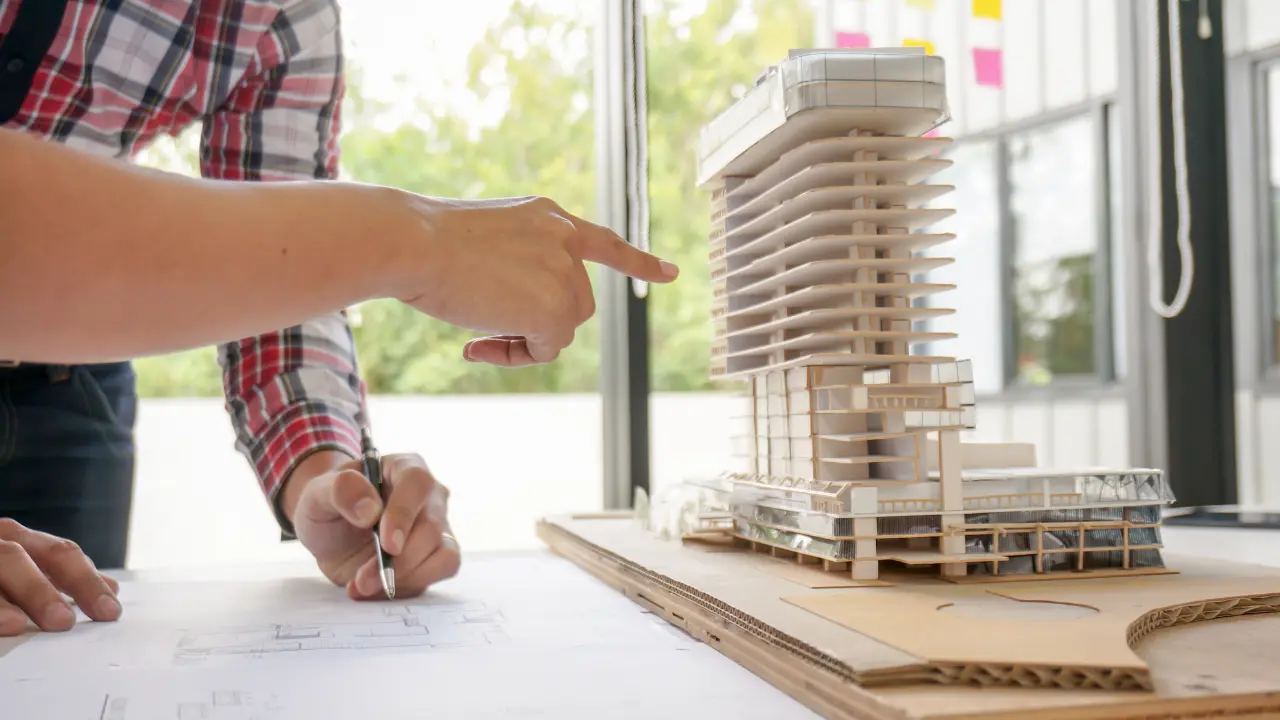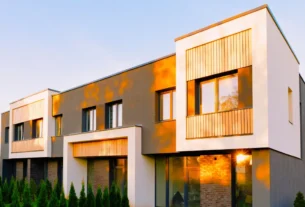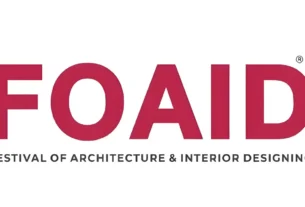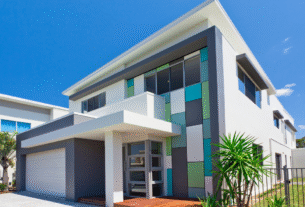Finding the best architect in India for your home project is a crucial decision that can shape every aspect of your dream—the aesthetics, functionality, sustainability, and budget control. Whether you are planning a custom villa, modern bungalow, or thoughtful renovation, partnering with the right architect means better design outcomes, smoother execution, and peace of mind throughout the process.
In this guide, we’ll walk you through a structured, step‑by‑step approach to finding, assessing, and finalizing an architect who aligns with your vision and values.
Clarifying Your Needs Before You Begin
Before you start searching, take time to define your project’s scope. Your clarity about needs—number of rooms, preferred architectural style, sustainability goals—forms the backbone of a meaningful conversation with architects. Perhaps you want an open plan home with indoor gardens, or a traditional courtyard‑inspired design that blends with local culture.
Prepare a design brief and even create a mood board via Pinterest or Canva to visually convey your taste and expectations. This level of preparation not only signals seriousness but also helps architects assess whether they can deliver what you seek.
Where to Search: Building Your Shortlist
Start by asking friends, family, or colleagues who have built homes recently. Word‑of‑mouth remains highly effective in India. Simultaneously, explore online platforms like Houzz India, local directories, and architectural blogs to discover established firms in your city or region. Ensure these architects are registered with the Council of Architecture (COA) and ideally affiliated with the Indian Institute of Architects (IIA). COA registration confirms that they meet professional educational and ethical standards.
Aim to shortlist architects with portfolios that resonate with your style. Look for local expertise—designers familiar with your region’s climate, soil conditions, building codes, cultural norms, and Vastu preferences. A firm familiar with municipal regulations in Mumbai or panchayat protocols in Kerala will streamline approvals.
Evaluating Portfolios and Experience
Portfolio review is a key selection tool. Examine projects that are similar in scale, style, and budget to yours. Does the firm successfully blend aesthetics with functionality? Do they present varied examples that show adaptability? Their portfolio should reflect quality, detail, and innovation—not just flashy exteriors but thoughtfully designed living spaces.
Also, preference should be given to architects or firms with at least five years’ experience and a track record of completed residential projects, as maturity often translates into smoother execution and fewer surprises.
Modern Home Architecture Trends in India 2025
Initial Meetings: Assessing Fit
Arrange meetings or video calls with two to three shortlisted architects. Use this opportunity to assess how well they listen, how they translate your brief, and whether they offer fresh yet pragmatic ideas. An architect’s attitude toward your feedback and their openness to collaboration can signal long‑term compatibility. Stress that design is iterative—you want a partner who incorporates your input through revisions, not dismisses it.
During the meeting, ask how they balance client vision with site constraints, budget realism, and regional norms. A strong communicator will outline their process—from conceptual sketches and schematic design through construction documentation and site monitoring—clarifying deliverables at every key milestone.
Key Questions to Ask
To evaluate fit and professionalism, ask these essential questions:
- Can you show residential projects similar in scale, style, and budget?
- Have you worked within my city’s building regulations and climate conditions?
- Describe your design philosophy: do you prioritize function, aesthetics, or sustainability?
- What project delivery stages do you include—and what methods (2D, 3D, BIM, etc.)?
- How do you handle client feedback and design revisions?
- Who will manage technical consultants (engineers, MEP, etc.) and do you include site supervision?
- What are your fee structures, payment schedules, and scope exclusions?
- Could you share references from previous clients I may contact?
These conversations help you understand their clarity, patience, and ability to match your needs. Also, check if they are COA‑registered and insured to protect you from professional liability.
Client References and Past Feedback
A trusted architect will willingly share contact details of past clients. Speak with them to learn about the architect’s punctuality, communication, cost management, and problem‑solving approach. How did they handle delays or budget overruns? Were they collaborative on site? This direct feedback can confirm or challenge what their portfolio projects suggest. Online reviews on platforms like Google or Justdial add broader context.
Compatibility Matters: Communication & Personality
You’ll be working closely with your architect for months or more. Feeling respected, heard, and aligned with their style is essential. During interviews, reflect on whether you feel comfortable asking questions, whether they explain concepts simply, and whether their communication frequency matches your expectations. A misaligned personality or weak communication often leads to frustration later.
Budget Transparency and Fee Structures
Architectural fees in India vary widely—from 8–12% of construction cost for full-service firms, to fixed or hourly rates for design-only services. Make sure to understand exactly what the fee covers: design, structural coordination, interior detailing, site visits, and revisions. Clarify what will incur additional charges. Compare fee proposals based on equivalent scope—not just lowest cost—to avoid future misunderstandings.
Value‑Added Expertise: Sustainability and Innovation
Looking beyond aesthetics, the best architect in India will often demonstrate commitment to sustainable building. Ask about green certifications, passive design features, or energy‑efficient planning. Do they stay current with software like BIM or 3D printing tools? An innovative, eco-aware architect can design a future‑ready home that’s both beautiful and cost-saving long term.
An architect familiar with your locality—be it Noida, Delhi, or Gurugram—will understand local bylaws, earthquake codes, soil conditions, and planning authority procedures. This can significantly accelerate approvals and ensure compliance, minimizing delays and rejections.
Project Management and On‑site Supervision
Check whether the architect provides ongoing construction supervision, contractor coordination, and progress monitoring. Some firms offer full project management, others only design services. If you expect site visits and hands-on involvement, make sure this is specified in the contract. Lack of involvement here can result in poor implementation or design compromise.
More News and Updates from Architecture Industry
Making the Final Decision
Once you gather all details—portfolio review, client feedback, interview impressions, fee proposals—evaluate each contender based on fit, communication, cost transparency, professionalism, and local experience. Choose not only for reputation but for collaboration potential: an architect who listens, respects your vision, and communicates clearly is often more valuable than the most acclaimed firm. Trust your intuition.
Architects like Sheila Sri Prakash, founder of Shilpa Architects, and heritage specialist Aishwarya Tipnis showcase how Indian architects can blend sustainability, cultural sensitivity, and modern design. Sri Prakash’s climate‑responsive and socially conscious architecture and Tipnis’s award‑winning restoration work highlight how the best architect in India can go beyond aesthetics and contribute to community and environment.
Conclusion
Choosing the best architect in India for your home project is a process that requires clarity, research, communication, and alignment of values. Begin with a clearly defined brief, explore both referrals and portfolios, interview candidates to assess fit, check references thoroughly, and clarify fees and deliverables transparently. A well-chosen architect not only enhances design quality but also manages costs and relationships during construction.
Your home is likely the largest investment you will make. Selecting the right architect converts that investment from just a shelter into a thoughtful, sustainable, personalized living experience. Use this guide to make an empowered, educated decision—and to build a home that truly meets your aspirations.







